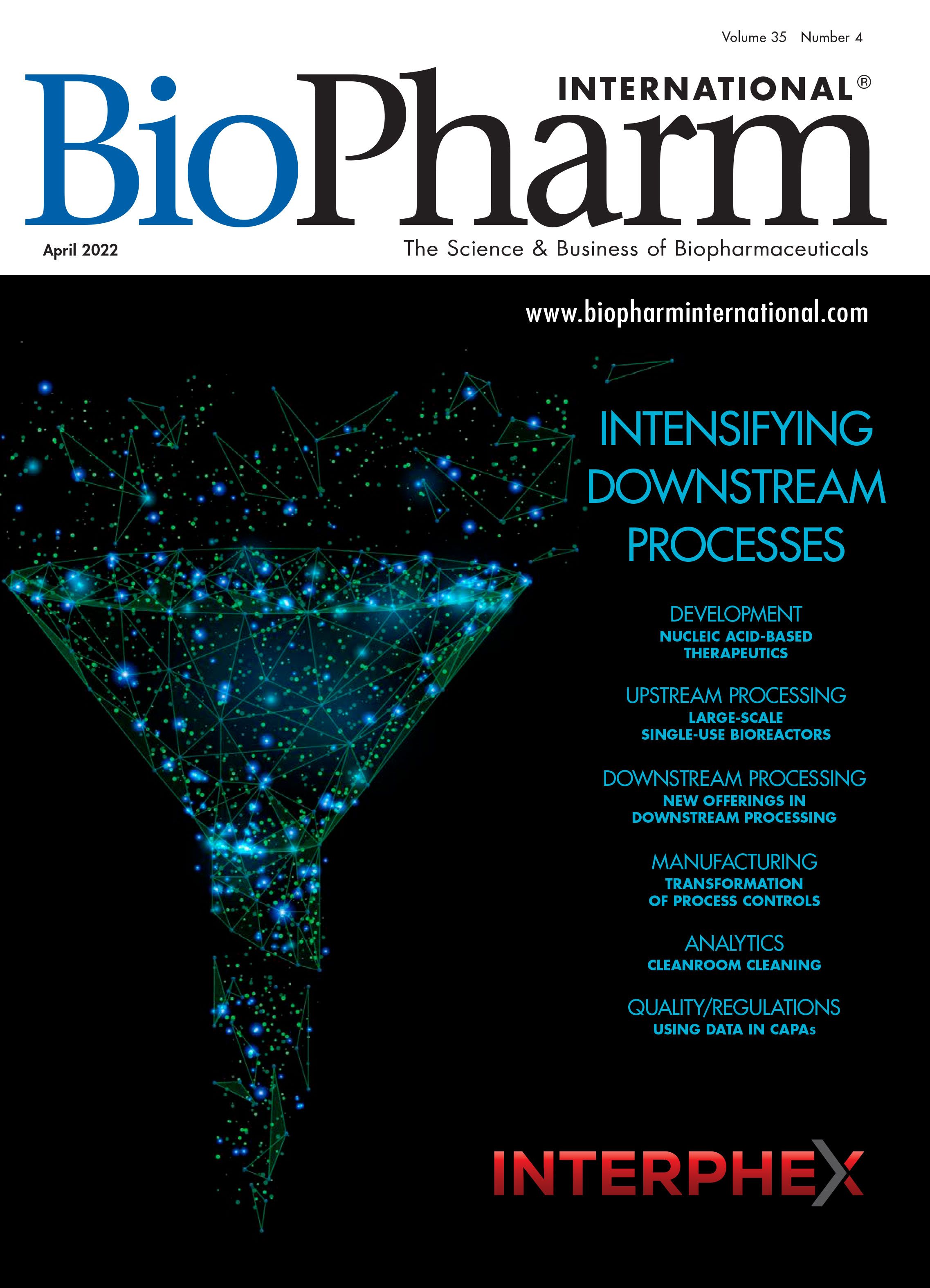Next Level Interrogation
3D cell cultures could provide key avenues to unlocking critical information.
Pandemic shortage of test animals increased focus on alternatives, with renewed attention on approaches that had reliable supply infrastructure, could find failures sooner, and markedly reduced timelines and overall costs, while revealing fresh aspects of biology. So, what’s the holdup to widescale industrial adoption to 3D cell cultures? Other than being simply unproven, initial costs are much higher; learning or creating processes take more time, skill, and expertise; there exist no commonly agreed upon standards; and there is a lack of reproducibility. Additionally, for some applications, there were technical stumbling blocks. Efforts directed toward actual organoid replacements for heart, liver, or kidney necessarily required artificial vascularization to support tissue functions for processes such as cell feeding, oxygenation, and waste elimination. Without vascularization, those kinds of biological operations could only be performed through the very poor relative to vascularization, diffusion.
However, for other applications, a lack of vascularization actually more closely mimics the in vivo state of many cancer cells and tumor microenvironments. Furthermore, studies have also shown a difference in gene, protein, and cell receptor expression. These differences deliver more realistic responses to such key cell interrogations, and better elucidate roles and requirements for proliferation, angiogenesis, and chemosensitivity (1). Most impressively, only 3D cell cultures reflect the hierarchical structure and cellular heterogeneity that mirror in vivo cell morphology, cell-cell interactions, and diffusion barrier activities (2). The kinds of information most sought after, anyway.
What I would like to draw attention to is a small Israeli company called Tissue Dynamics LTS, who estimates (in a dramatic claim) that the company could cut drug development costs by 40–80%, and time required by 30–50% overall (3). Their approach is to ab initio embed sensors into the organoid while its being grown, which allows AI-driven computation to directly interrogate biology every step along the development process. “This allows the robot to start screening drugs against different models of disease. It can perform, by itself, safety assessments in the microtissues and identify the drug that works best and causes the least damage to human organs, and it does this extremely fast. We can do it in 19,000 tissue samples at once. It is the equivalent of [testing on] 5000 patients,” said Yaakov Nahmias, founder and chief scientific officer of Tissue Dynamics LTS (3).
References
1. L. Gurski, et al., Oncol Issues 25:20–25 (2010).
2. A.W. Daus, P.G. Layer, C. Thielemann, Sensor Actuat B-Chem, 165:53–58 (2012).
3. Debbie Mohnblatt/The Media Line, “Israeli Biotech Company Says It Can Revolutionize Drug Development,” The Jerusalem Post, March 15, 2022.
About the author
Chris Spivey is the Editorial Director for BioPharm International.
Article Details
BioPharm International
Vol. 35, No. 4
April 2022
Page: 6
Citation
When referring to this article, please cite it as C. Spivey, “The Kinds of Information Most Sought After,” BioPharm International 35 (4) 6 (2022).

Tokyo University of Science Research Team Explores Improved Delivery of Antisense Oligonucleotides
April 18th 2025Using cholesterol-modified oligonucleotides, the research team aims to improve the delivery of antisense nucleotide-based therapies for treating neurodegenerative diseases and brain cancers.